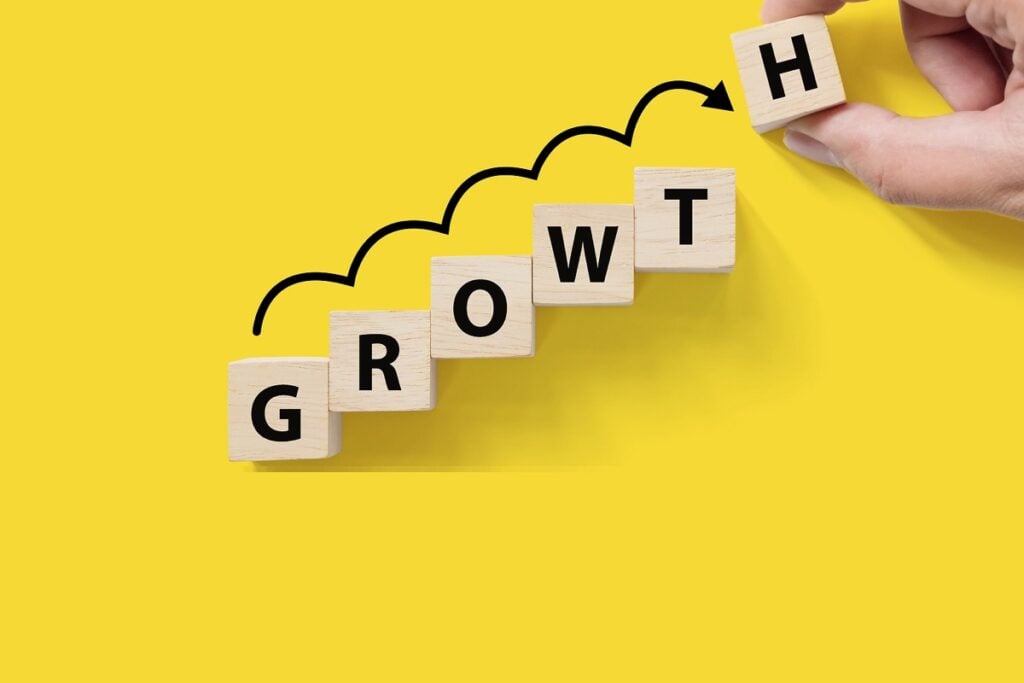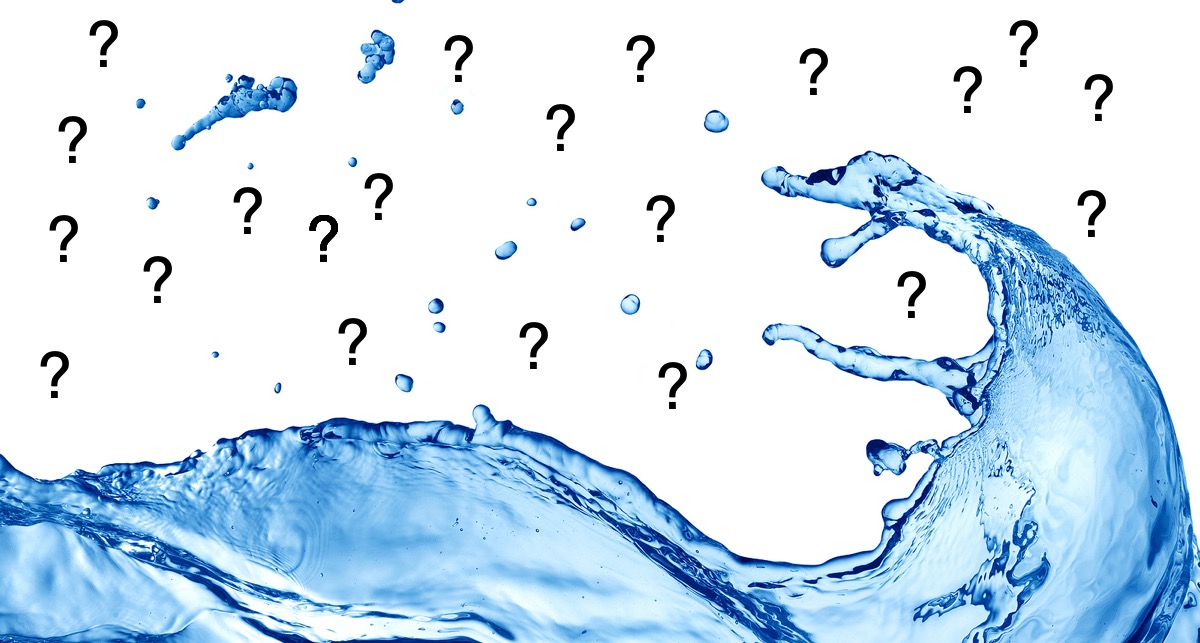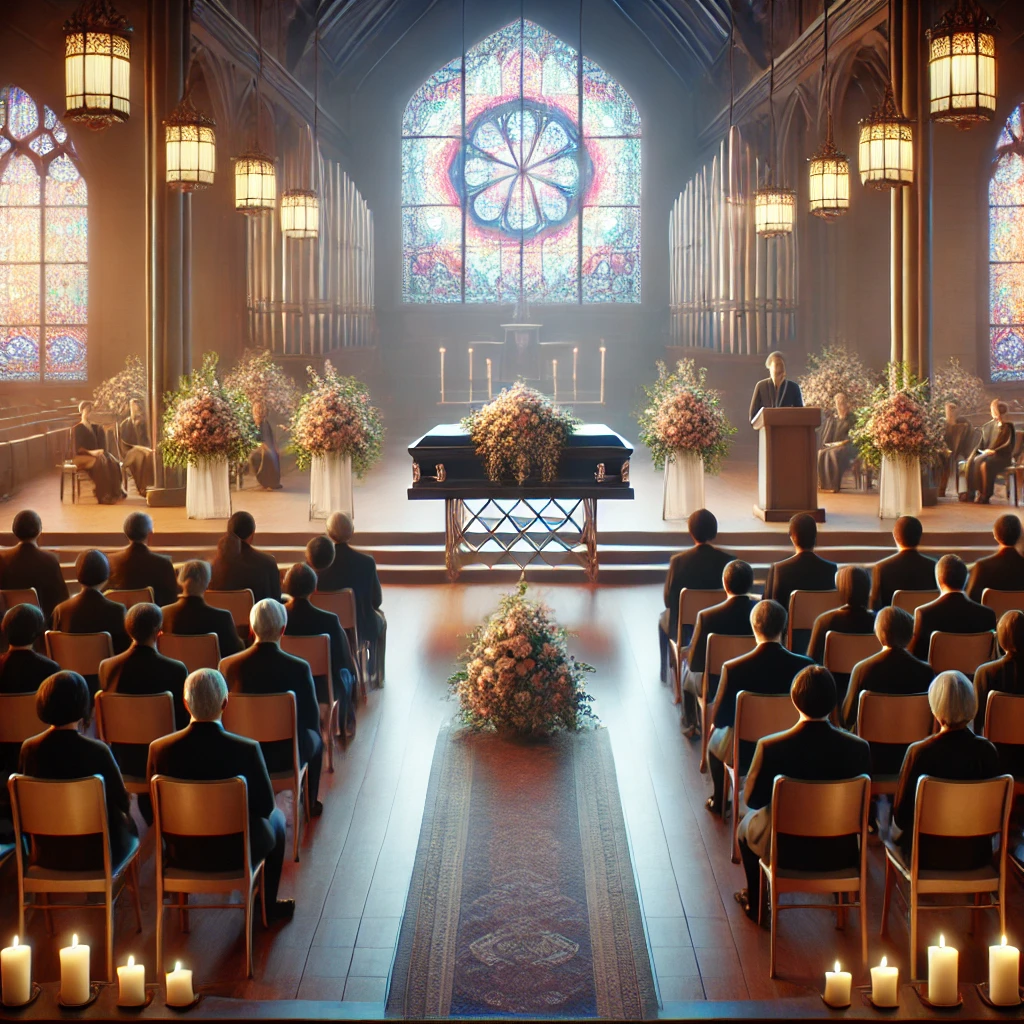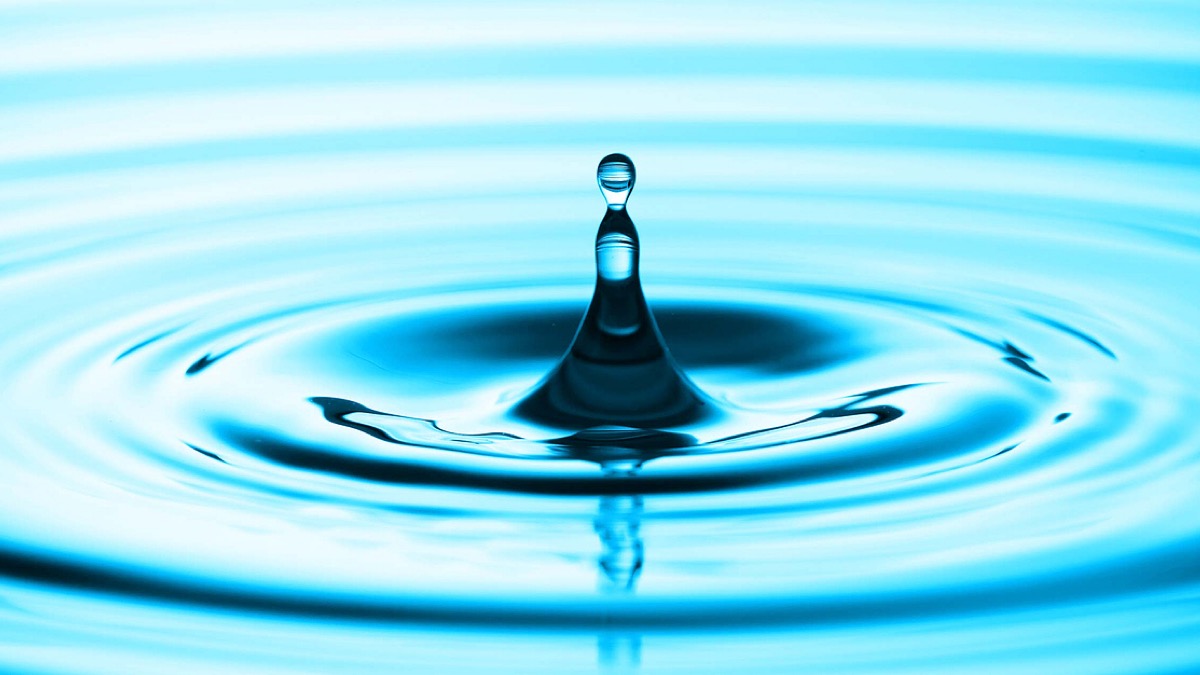Cremation has seen a notable increase in popularity across the United States over the past few decades. This shift reflects changing attitudes toward traditional burial, as well as practical and environmental concerns. The preference for cremation—particularly direct cremation over traditional cremation with services—has impacted the funeral industry in significant ways. This post explores the reasons behind these trends, the emerging role of aquamation, and offers a comprehensive comparison of cremation options.
What are the Reasons for the Rising U.S. Cremation Rates?
Several factors have contributed to the growing preference for cremation in the U.S.:
Cost Considerations
One of the most significant factors driving the rise in cremation rates is cost. On average, cremation is more affordable than traditional burial, which involves expenses like a casket, a burial plot, and cemetery fees. Direct cremation, which omits ceremonies and viewings, is the most economical option. The average cost of a traditional funeral in the U.S. can exceed $7,000, while direct cremation can be as low as $1,000, making it a more accessible choice for many families.
Data Source: According to the National Funeral Directors Association, the cost of a traditional funeral has steadily increased over the years, pushing more families to opt for cremation.
Flexibility and Convenience
Cremation offers greater flexibility for memorialization. Unlike traditional burial, which typically requires a more immediate timeline, cremation allows families to plan a memorial service at a time and location that is convenient. This flexibility has become increasingly important in a mobile society, where families may not live in the same location and prefer to gather when it suits their schedules.
Changing Cultural and Religious Perspectives
The United States has seen shifts in cultural and religious attitudes toward cremation. Historically, some religions and cultures in the U.S. preferred traditional burial, but those views have evolved. Many Christian denominations have become more accepting of cremation, and secular perspectives have grown, making cremation a more widely chosen option.
Sociocultural Impact: Millennials and younger generations are increasingly leaning towards cremation due to its eco-friendly benefits and lower costs. This demographic is also driving the rise of personalized memorial services, moving away from formal traditional funerals.
Environmental Concerns
Environmental awareness has also played a role in the increase in cremation rates. Traditional burial requires embalming chemicals, metal caskets, and concrete vaults, all of which have a significant environmental impact. Cremation is seen as a greener alternative, and the rise of eco-friendly funeral options like aquamation further underscores the trend toward environmentally conscious dispositions.
Eco-Friendly Cremation Options: Carbon offset cremations, bio-cremation, and biodegradable urns are gaining traction as ways to reduce the environmental impact of cremation.
Space Concerns in Urban Areas
As urban areas expand and cemetery space becomes limited, cremation offers a practical solution. Many U.S. cities face challenges related to space and real estate, making traditional burial more difficult and costly. Cremation addresses this problem by eliminating the need for a physical burial plot.
What are the Trends in Direct vs. Traditional Cremation
Cremation can be categorized into two main types: direct cremation and traditional cremation. Each serves a different purpose and appeals to families with various needs.
What is Direct Cremation?
Direct cremation involves the immediate cremation of the body without any prior ceremonies or viewings. It is often chosen for its simplicity and cost-effectiveness. The ashes can be kept, scattered, or interred at a later time, allowing families to plan a memorial when and where they prefer.
Analysis of Direct Cremation Trends
Direct cremation has surged in popularity across the U.S. due to its lower costs and minimalist approach. It appeals to families who prefer simple arrangements or want to avoid the expense of traditional funeral services. The rise of personalized memorials, where ashes are scattered in meaningful locations, has further increased interest in direct cremation.
Traditional Cremation Trends
Traditional cremation typically includes a viewing, funeral service, and the cremation process. While more costly than direct cremation, it still offers savings compared to traditional burial. This option remains popular among families who want a formal ceremony but prefer cremation over in-ground burial.
Table: Direct vs. Traditional Cremation Trends in the U.S.
| Year | Direct Cremation (%) | Traditional Cremation with Service (%) |
|---|---|---|
| 2010 | 25% | 30% |
| 2015 | 35% | 28% |
| 2020 | 48% | 24% |
| 2025 (Projected) | 55% | 22% |
What is the Role of Aquamation in Cremation Trends
What is Aquamation?
Aquamation, or alkaline hydrolysis, is a water-based process that breaks down the body more gently than traditional flame-based cremation. It uses a combination of water, heat, and alkaline chemicals to reduce the body to bone fragments, which are then processed into ash.
Legal Status: As of 2024, aquamation is legal in over 25 U.S. states, with others considering legislation to allow the process.
Adoption Trends for Aquamation
While not yet as widespread as traditional cremation, aquamation is gaining attention in the U.S. due to its lower environmental impact. It uses less energy and does not release carbon emissions like flame-based cremation. States such as California, Colorado, and Washington have seen a noticeable rise in aquamation services, driven by environmental advocacy.
Comparison: Aquamation vs. Traditional and Direct Cremation
Aquamation is often compared to traditional and direct cremation due to its eco-friendly appeal. It typically costs slightly more than flame-based cremation but less than a traditional burial.
Table: Cost and Environmental Impact of Cremation Options
| Option | Average Cost (USD) | Environmental Impact | Popularity (Increasing/Decreasing) |
|---|---|---|---|
| Direct Cremation | $1,000 – $3,000 | Moderate | Increasing |
| Traditional Cremation | $4,000 – $7,000 | Moderate | Steady |
| Aquamation | $2,500 – $5,000 | Low | Increasing |
| Traditional Burial | $7,000 – $12,000+ | High | Decreasing |
Analysis of Cremation Trends Over Time
Historical Data on Cremation Rates
Cremation rates in the U.S. have risen sharply in recent decades. In 2000, only about 25% of Americans chose cremation, but by 2020, that number had more than doubled. The trend is expected to continue, with some projections suggesting that over 60% of Americans will choose cremation by 2035.
Visual Graph: A line graph showing the increase in cremation rates from 2000 to 2025, indicating the upward trend.
Breakdown by Region and Demographics
Cremation is particularly popular in urban and coastal areas, where space is limited and environmental awareness is higher. In the Pacific Northwest, cremation rates are among the highest in the country, while traditional burial is still more common in the southern and rural states. However, even in those regions, cremation rates are rising as cultural acceptance grows.
Table: U.S. Regions with Highest and Lowest Cremation Rates
| Region | 2020 Cremation Rate (%) |
|---|---|
| Pacific Northwest | 75% |
| New England | 65% |
| Midwest | 50% |
| Southeast | 40% |
| Southern Rural | 35% |
What is the Future of Cremation and Aquamation?
Predicted Future Trends
Cremation is expected to continue its upward trajectory, with more states likely to legalize alternative options like aquamation. The growing demand for personalized, environmentally-friendly services will likely push the funeral industry to adapt and innovate.
Potential Shifts in Funeral Industry
Funeral homes are increasingly offering a range of cremation services, from basic direct cremation to elaborate traditional services. The rise of online memorial platforms and eco-friendly options are likely to influence how families remember and honor loved ones.
Technology’s Role: The increased use of digital tools—such as online memorials, live-streamed services, and virtual memorial gatherings—is reshaping how people handle grief and memorialization in a digital age.
Practical Guidance for Families Considering Cremation
- Choosing Between Direct and Traditional Cremation: Consider budget, timing, and the kind of ceremony you want.
- Finding a Cremation Provider: Look for reputable providers, read reviews, and compare costs.
- Eco-Friendly Considerations: Explore biodegradable urns, carbon offset options, and aquamation for a greener choice.
- Personalization Options: Choose meaningful locations for ash scattering or unique memorials that reflect the deceased’s personality.
- Navigating Emotional Choices: Decide what feels right for your family, balancing financial, environmental, and cultural factors.
Key Takeaways
- Cremation rates are rising in the U.S. due to cost, flexibility, environmental concerns, and changing cultural attitudes.
- Direct cremation is increasingly popular due to its affordability and simplicity.
- Aquamation is gaining attention as a more environmentally-friendly option, although it’s not yet as common as traditional cremation.
- Funeral customs are evolving, with more personalized and diverse options emerging as cremation becomes the norm.
Questions?
Do you have questions about this or any other aspect of the funeral industry? Send us a question and our experts will do their best to help you. Click here.







